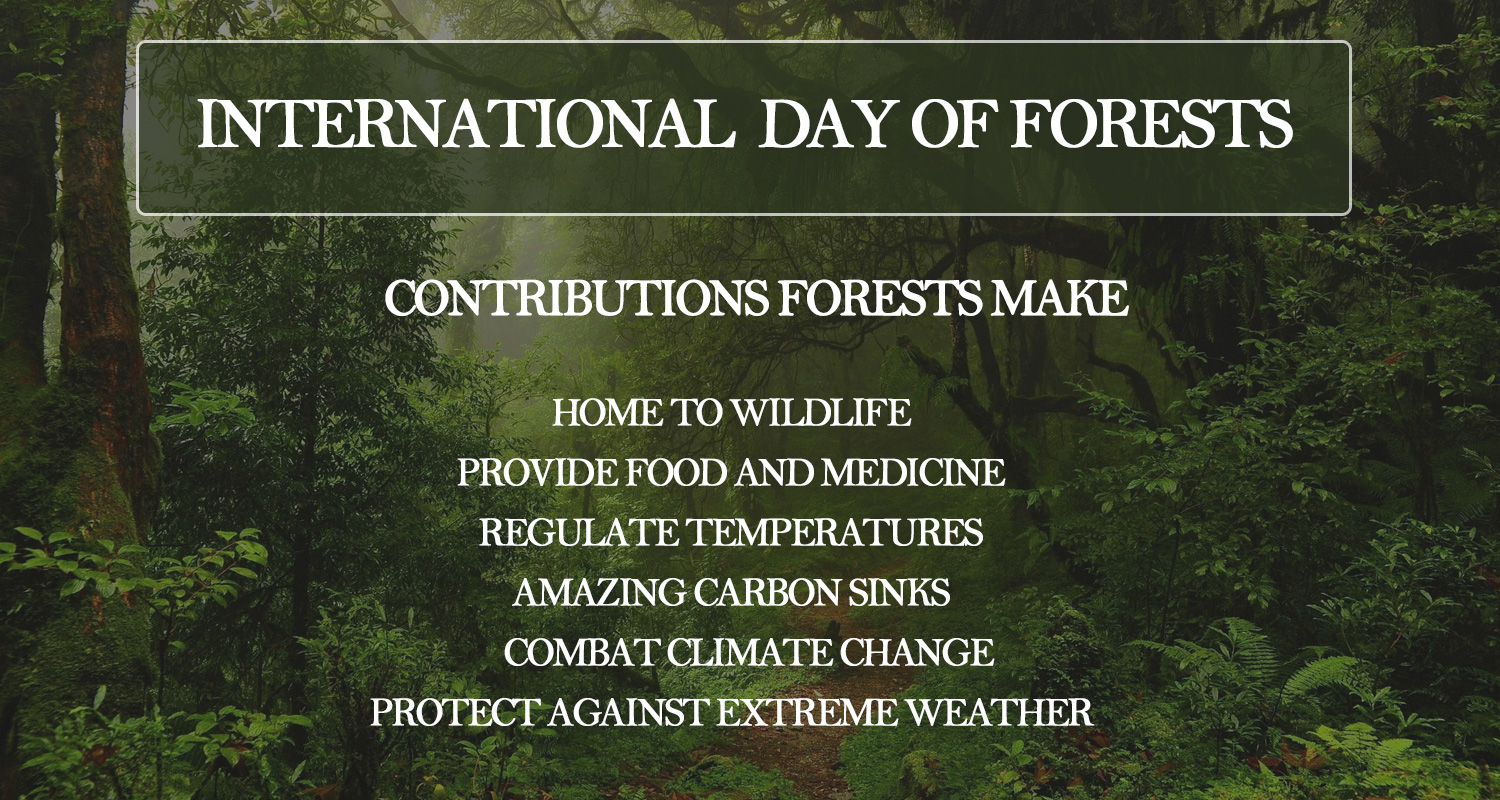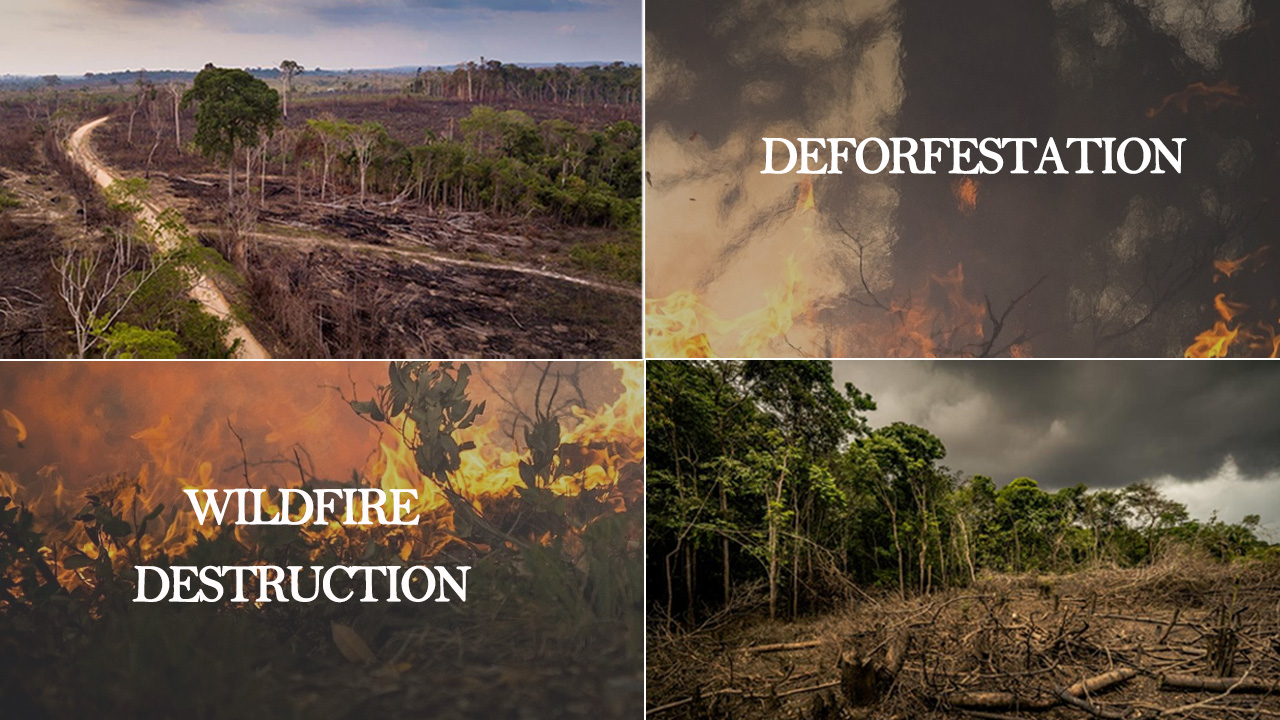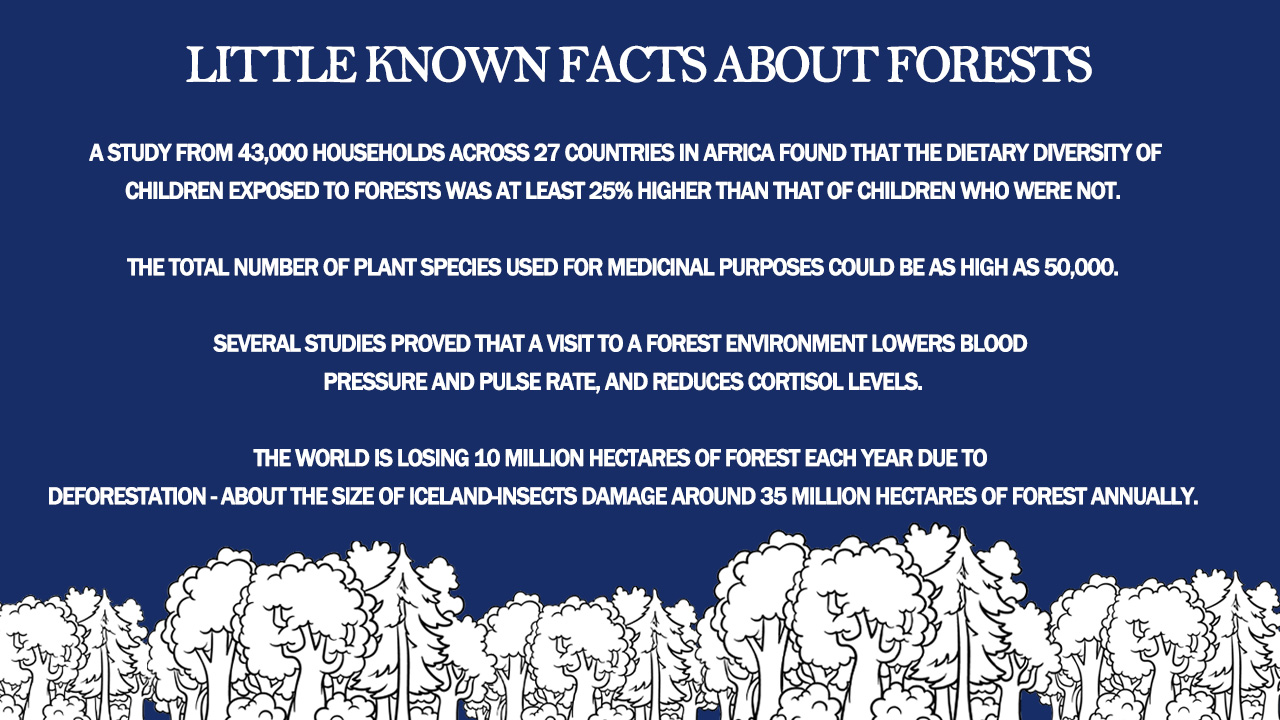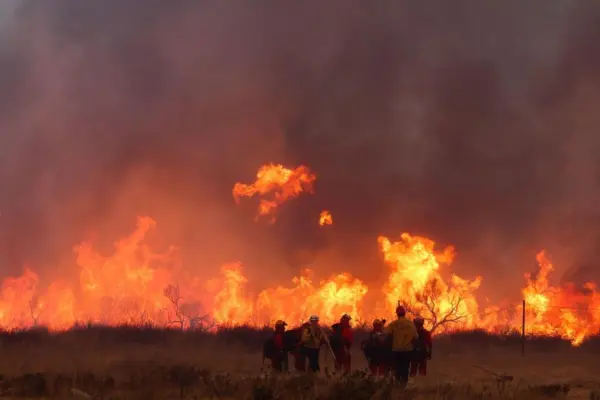International Day of Forests 2023 Emphasis on “Forests and Health”
Deforestation, mass plantation, and a day to celebrate forests
Today is the International Day of Forests. In 2012, the UN proclaimed the 21st of March the day to celebrate, raise awareness, and recognize the importance of all types of forests. Forests have an impact on every aspect of human life and on every ecosystem on the planet. The International Day of Forests 2023 focuses on the theme of “Forests and Health,” signifying how much a rejuvenated forest can contribute to human health. Forests purify the water and air, capture carbon, offer food and life-saving medicines, and improve holistic human well-being.
However, various anthropogenic activities have wreaked unabated havoc on forests since the industrial age. Aside from generating loads of carbon emissions with rapid industrialization, deforestation, wildfires, urbanization, agricultural expansion, soil erosion and fragmentation of forests have caused a dysfunctional flow in nature, causing instability in the ecosystems. The International Day of Forests aims to encourage countries to undertake efforts to organize activities involving forests and trees, such as tree planting campaigns.
While this may sound absurd, mass tree plantation didn’t begin until the mid-20th century; but there was no agenda to market a brand or offset carbon emissions like so many conglomerates are doing currently. Back then, it was the love for nature and a desire to restore biodiversity that inspired masses to plant saplings on the barren patches of land and nurture them into flourishing trees.

Deforestation and Wildfire
The planet has lost 178 million hectares of forest since 1990, an area about the size of Libya. A 2020 study found that if deforestation continues unabated at current rates, it can trigger a complete or almost total extinction of humanity within the next 4 decades. That is definitely frightening, not that it has discouraged people from logging trees.
Currently, the greatest amount of deforestation is occurring in tropical rainforests, assisted by wide road construction into regions that were once almost unreachable. Deforestation has caused the loss of biodiversity, damage to natural habitats, disturbances in the water cycle, and soil erosion. It is also a major contributor to climate change and global warming.
Deforestation and wildfires are linked on deeper levels than we care to admit. Though wildfires are a natural occurrence within some forest ecosystems, they have become more intense and frequent in the past few decades.
Hotter and drier conditions caused by changing climatic conditions and poor land management create conditions favorable for larger and higher-intensity wildfires. Moreover, forests deteriorated by logging and disease, and fragmented by deforestation are also more vulnerable to fire.

In 2021, wildfires destroyed over a third of global tree cover loss, while they were accountable for around a fifth of the loss two decades ago. The 2021 wildfire season was one of the worst on record, causing a worryingly huge 9.3 million hectares of tree cover loss, worldwide.
Mass Tree Plantation
The idea of mass tree plantation or afforestation drives originated in the second half of the 20th century. By the 1950s, the human race began to grasp the impact that trees have on the greenhouse effect and climate change, and how trees absorb atmospheric carbon dioxide to lessen the effects of climate change. A movement of sorts began to protect the existing trees and planting of new trees to maintain the environmental health of the planet.
In the 1970s, Wangari Maathai started the Green Belt Movement in Kenya, in order to get rural women in eastern Africa to plant trees near the villages. This tree-planting movement was designed as an educational and empowerment project. People planted saplings and nurtured them into big trees because they wanted to simply take care of the environment, there was no agenda.
In fact, the ancient Greeks had a civic planting program in place. It was designed to get people to plant trees in their agoras for shade and fruit. On the other hand, big, concerted efforts to plant trees almost at scale as afforestation drives by companies and institutions didn’t begin until the end of the 20th century.
Ever since then, individuals and corporations have been organizing mass tree plantation campaigns to offset their carbon footprint, however, most of these drives are either a marketing scheme or the saplings planted are never looked at twice post the plantation. Fair to say, many of the current afforestation efforts seem like a bust and a way of diverting focus from the real problems of climate change.

Can Mass Tree Plantation Help Battle Climate Change?
People believe that planting trees can remove carbon dioxide from the atmosphere, but they delude themselves by thinking that mass tree plantation drives alone are the way to stop climate change. Sure, trees take in carbon dioxide through photosynthesis; some of this absorbed carbon is released back into the atmosphere, while the rest is stored in the leaves, trunk, and roots of the trees. Consequently, forests are known as carbon sinks.
It is also true that trees help mitigate the effects of climate change and ease the impact of urban heat islands. A study found that if 0.9 billion hectares of the earth’s surface are reforested, these carbon sinks will be capable of storing 205 gigatons of carbon, which is a third of all the carbon that humans have released into the atmosphere.
Currently, our forests capture about 2.4 gigatons of atmospheric carbon dioxide annually, which is only 6 percent of the total annual carbon emissions. Moreover, the earth has lost 420 million hectares of forests since 1990, mostly in Africa and South America, which means less carbon dioxide will be absorbed and sequestered by trees.
Consequently, planting trees alone in mass campaigns cannot help us combat climate change. Moreover, what kind of trees are being planted, the place where you are planting those saplings, and how you are caring for them for years to come are contributing factors to how much they aid in the battle against climate.


